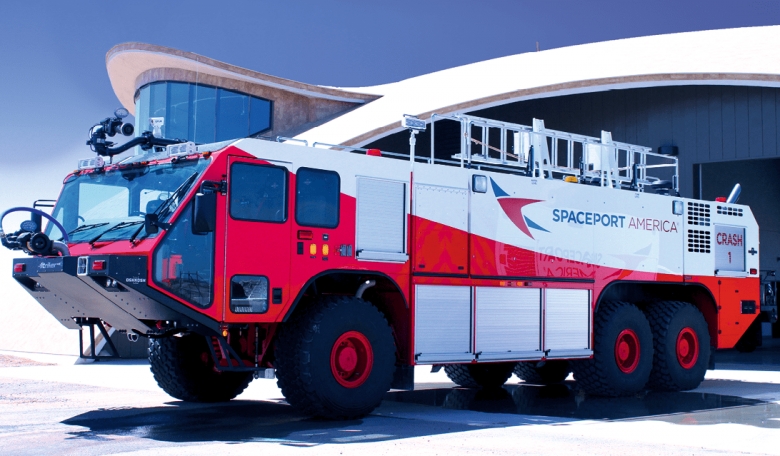Safety is a key consideration for space launch services, which is why it is commonplace to move operators and spectators well away from a launch site prior to lift-off. Facilities and procedures at long-established launch centres such as Kennedy Space Center and Baikonur are routine but this is not necessarily the case for the increasing number of spaceports across the world. Using the UK - where several new spaceports are vying for regulatory approval - as an example, safety expert Chris Thain reviews the regulatory framework and legislation for the basics of fire safety and emergency response, which applies to spaceports as much as to airports and similar facilities.
The effective provision and management of on-site emergency response plans and resources, fire safety, fire prevention and asset protection are among the core responsibilities of all spaceport Launch Site Operators (LSOs) anywhere in the world.
In the UK, LSO licensees are regulated and licensed by the UK Space Agency (UKSA) and must satisfy the agency that they have conducted a thorough assessment of risks to the health and safety of those taking part in spaceflight activities and to have taken all reasonable steps to reduce risks to the health, safety and property of other persons to ‘as low as reasonably practicable’ (ALARP). Thus, being able to demonstrate that operations are conducted at an ALARP level acceptable to the regulator is crucial to obtaining a launch site licence.
While in the UK and some other countries the current space industry regulatory framework does not prescribe what the emergency response capabilities for each launch site must comprise, from a health and safety perspective, any risk identified through the risk assessment process must be mitigated in a manner that is both appropriate and proportionate.
In addition, the residual risks, even if the operator has met the ALARP test, must also be acceptable to the regulator, or else a license will not be granted.














